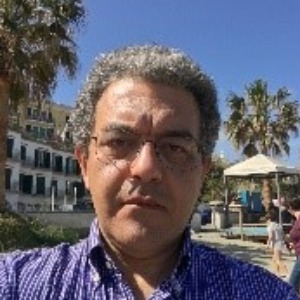Title : Is time born from the brain, or is it the other way around?
Abstract:
This presentation proposes a theoretical model positioning the inner ear – particularly the vestibular system – as a key contributor to neural synchronisation processes and cognitive network regulation. Traditionally viewed through its role in balance and spatial orientation, the vestibular system is here, reinterpreted as a sensory interface for temporal information, potentially modulating circadian rhythms and higher-order cognitive functions.
From an evolutionary perspective, both the vestibular apparatus and cochlea respond to periodic stimuli – movement and sound, respectively – highlighting their shared capacity to detect rhythmic inputs. These cyclical inputs underpin distinct yet complementary functions: postural control and spatial representation in the vestibular system and language processing and social communication in the cochlear system.
Critically, vestibular projections reach multiple cognitive domains, positioning the inner ear as a temporal coordinator of distributed neural networks. The timing signals it conveys may facilitate plasticity (via long-term potentiation), enable inter-areal communication (via coherence), and promote resonance-based synchronisation even across anatomically unconnected regions. Visual and vestibular afferents function as temporal and spatial reference frames, respectively, which are essential for the accurate reconstruction of external reality.
These mechanisms suggest therapeutic potential: rhythmic stimulation – whether auditory, vestibular or multimodal – could enhance neuroplasticity and restore connectivity patterns in neuropsychological disorders. By framing rhythm as a shared medium between neural substrates and behavioural functions, this model supports the integration of vestibular-based interventions in cognitive rehabilitation, particularly in conditions involving dysregulated timing, such as Parkinson’s disease, neglect, or affective disorders.




